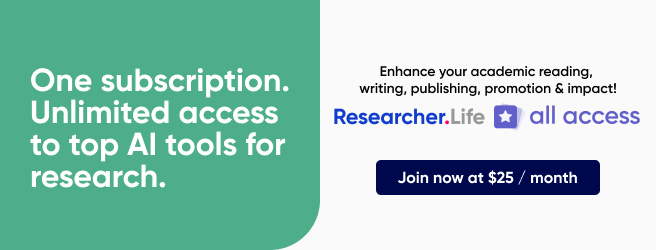Unleashing the power of data visualization: A quick overview for biomedical researchers

Whether you’re diving into genomics, exploring disease trends, or scrutinizing clinical trial results, data visualization is your trusty compass that helps you navigate vast oceans of data. In this blog post, we’re going to take a journey through sophisticated data visualization techniques and tools that have been proven useful and valuable for biomedical researchers.
Seeing Patterns with Heatmaps
Heatmaps are like magic glasses for your data, especially omics data. They reveal patterns and trends that might be invisible in raw numbers. When working with gene expression data or drug response profiles, heatmaps can highlight clusters of genes or drugs that behave similarly. Tools like Heatmap.2 in R or Seaborn in Python can conjure these informative visuals with ease.
Exploring Data with Dashboards
Interactive dashboards are the new rock stars of data visualization. Tools like Tableau, Power BI, and Plotly allow you to create dynamic visualizations that users can explore. For instance, you can build a dashboard that lets researchers filter clinical data by age, gender, or disease stage at the click of a button. It’s like giving them the keys to a data-driven kingdom.
3D Visualization: Adding a New Dimension
Sometimes, a 2D graph just can’t capture the complexity of your data. That’s where 3D visualization comes in. Think about visualizing protein structures or brain scans. Tools like PyOpenGL and ParaView can help you bring your data to life in three dimensions, providing deeper insights and a wow factor to your presentations.
Network Graphs: Unveiling Complex Relationships
Biomedical data often involves intricate relationships between genes, proteins, or diseases. Network graphs, created with libraries like Cytoscape or Gephi, are perfect for dissecting these tangled webs. They can reveal hidden connections, identify key players, and aid in understanding diseases at a systems level.
Geographic Mapping: Locate and Analyze
When location matters, geographic mapping can be your best friend. Tools like QGIS or ArcGIS can help you visualize disease outbreaks, healthcare access, or environmental factors by overlaying data on maps. Pinpointing hotspots and trends becomes a breeze.
AI-driven tools: Don’t do the heavy lifting yourself!
Artificial intelligence has joined the data visualization party! Tools like IBM Watson Analytics and Google AutoML Tables can analyze your data and suggest the most suitable visualizations. This smart assistance can save you time and help you uncover insights more efficiently.
VR and AR: The Future of Data Immersion
As technology advances, so does data visualization. Virtual Reality (VR) and Augmented Reality (AR) are emerging tools that allow researchers to step inside their data. Imagine exploring a 3D model of a molecule or walking through a virtual representation of a patient’s anatomy. It’s not science fiction; it’s the future of data immersion.
Conclusion
Sophisticated data visualization is the key to unlocking the full potential of biomedical research. From heatmaps to VR, there’s a toolkit tailored to your needs and research objectives. So, put on your data goggles and start exploring the visual wonders that await you in the realm of advanced data visualization.
Did you know that a biostatistician can help you not just analyze but also visualize your data? Check out Editage’s Statistical Analysis & Review Services.
Comments
You're looking to give wings to your academic career and publication journey. We like that!
Why don't we give you complete access! Create a free account and get unlimited access to all resources & a vibrant researcher community.

Subscribe to Conducting Research
Conducting research is the first and most exciting step in a researcher's journey. If you are currently in this stage of your publishing journey, subscribe & learn about best practices to sail through this stage and set yourself up for successful publication.













